Conventional Forces
Return to article
25 Years After Kargil: Assessing Pakistan’s Crisis Preparedness
This summer marks a quarter century since the Kargil conflict, and a lot has changed between Pakistan and India in the intervening years. Several crises have ensued. Islamabad and New Delhi have come close to potential war more than once.…
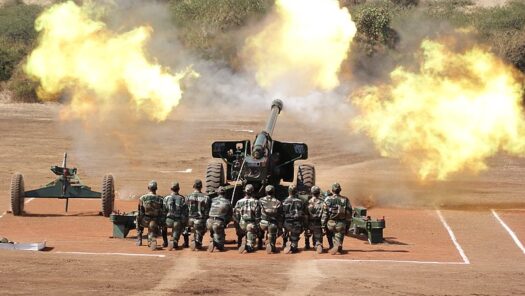
India’s Defense Indigenization: An Emerging Arms Exporter?
India has recently released its fourth Positive Indigenization List (PIL), a list that contains 928 new sub-systems, spare and components, and assembly parts of major weapons systems to be manufactured by domestic arms industries. Before the fourth PIL, the government…
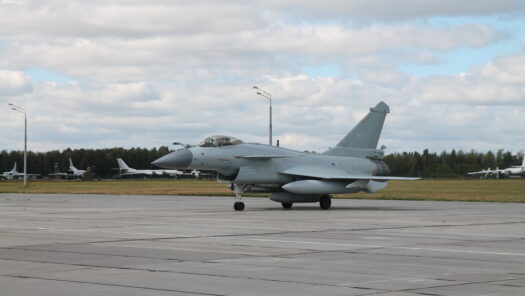
Pakistan’s J-10 Acquisition and Conventional Deterrence
On March 23, at Pakistan's Republic Day Parade, onlookers watched the first flyover of the recently inducted J-10C multi-role fighter. The purchase from China, announced publicly by Pakistan’s Interior Minister in late 2021, further showcases Pakistan-China defense ties and reflects…
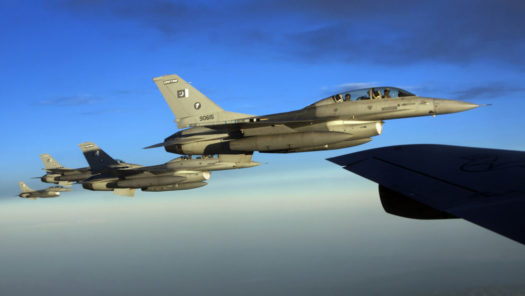
پاکستان کے لیے اہم غیر نیٹو اتحادی کا درجہ کھو دینے کا کیا مطلب ہوگا؟
سقوط کابل کے بعد سے پاکستان اور امریکہ محتاط طریقے سے روابط کو آگے بڑھا رہے ہیں جن کو ترتیب دینے میں عدم اعتماد کا کردار بدستور جاری ہے۔ اسی کے ساتھ ساتھ دونوں فریق افغانستان پر مبنی دلچسپی کے…
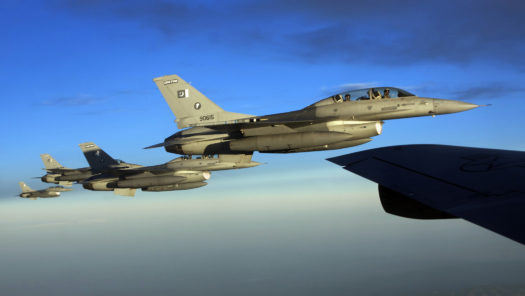
What Would it Mean for Pakistan to Lose Major Non-NATO Ally Status?
As Pakistan and the United States gingerly engage after the fall of Kabul, distrust continues to inform the relationship. At the same time, both sides appear to want relations to improve beyond the single-point issue of Afghanistan, although Pakistan more…
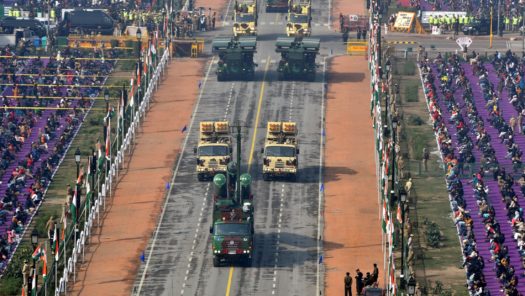
India’s Strategic Challenges and Prospects for CBMs in South Asia
Over the past four decades, Asia has been a hotbed of geopolitical challenges including—although by no means limited to—localized wars for influence, the use of terrorism as a state policy, shifting nuclear force postures, extremist militant groups, and the rise…